Feeding a horse involves careful consideration of its dietary needs, and one of the primary components of a horse’s diet is grain. Determining the right amount of grain to feed a horse can be a critical factor in maintaining its health and performance. In this article, we will explore the factors that influence the amount of grain a horse should consume, as well as the potential risks of overfeeding or underfeeding grain.
Understanding a Horse’s Nutritional Needs
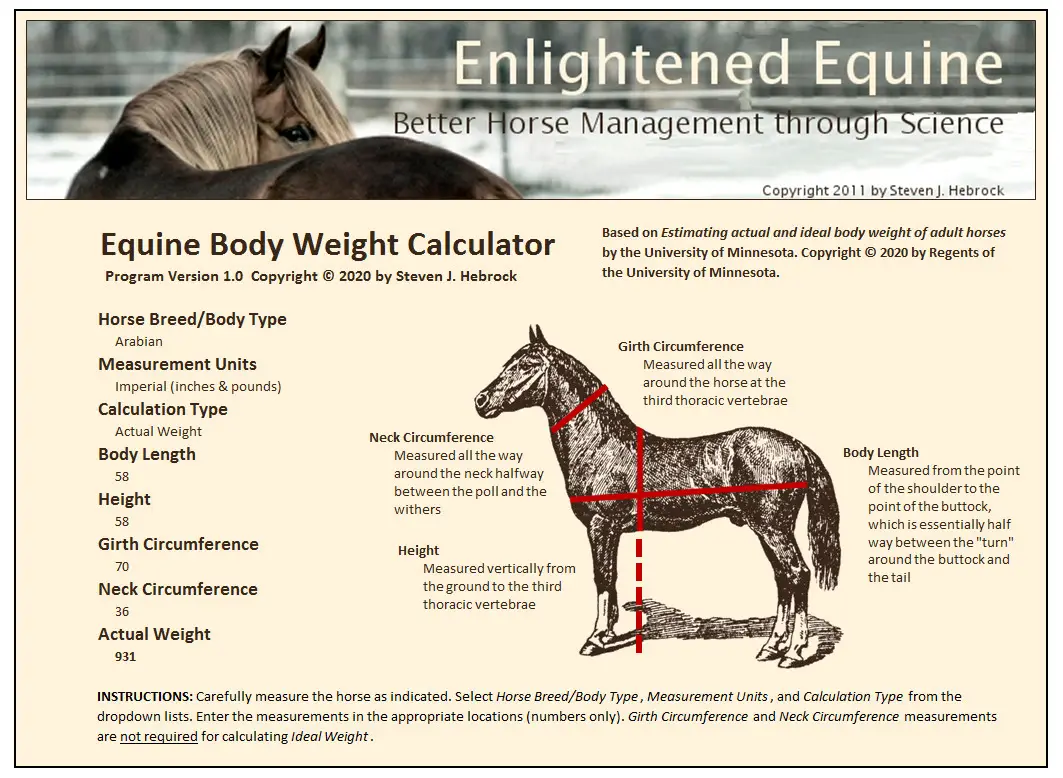
Before delving into the specifics of how much grain to feed a horse, it’s essential to understand the nutritional requirements of these majestic animals. Horses are herbivores and have a digestive system designed to process high-fiber plant material. Their diet primarily consists of forage, such as hay and grass, which provides essential nutrients, including fiber, protein, vitamins, and minerals. However, some horses, particularly those in intense training or with higher energy requirements, may benefit from supplemental grain to meet their nutritional needs.
Factors Influencing Grain Feeding
Several factors influence the amount of grain a horse should be fed, including its age, weight, activity level, and overall health. Young, growing horses, and those in demanding work programs may require more energy-dense feed to support their development and performance. Conversely, older or less active horses may need a lighter grain ration to prevent excess weight gain or metabolic issues.
Assessing Body Condition
An essential aspect of determining the appropriate grain ration for a horse is assessing its body condition. This involves evaluating the horse’s overall physique, including its muscle tone, fat coverage, and overall body condition score. Developing a keen eye for body condition scoring can help horse owners and caretakers gauge whether their horse needs more or less grain to maintain an ideal body condition.
Consulting with a Nutrition Professional
While general guidelines can provide a starting point for determining grain feeding, consulting with a qualified equine nutritionist or veterinarian is crucial. These professionals can assess the horse’s individual needs, taking into account its specific dietary requirements, health issues, and any existing medical conditions that may influence its grain intake.
Calculating Grain Intake
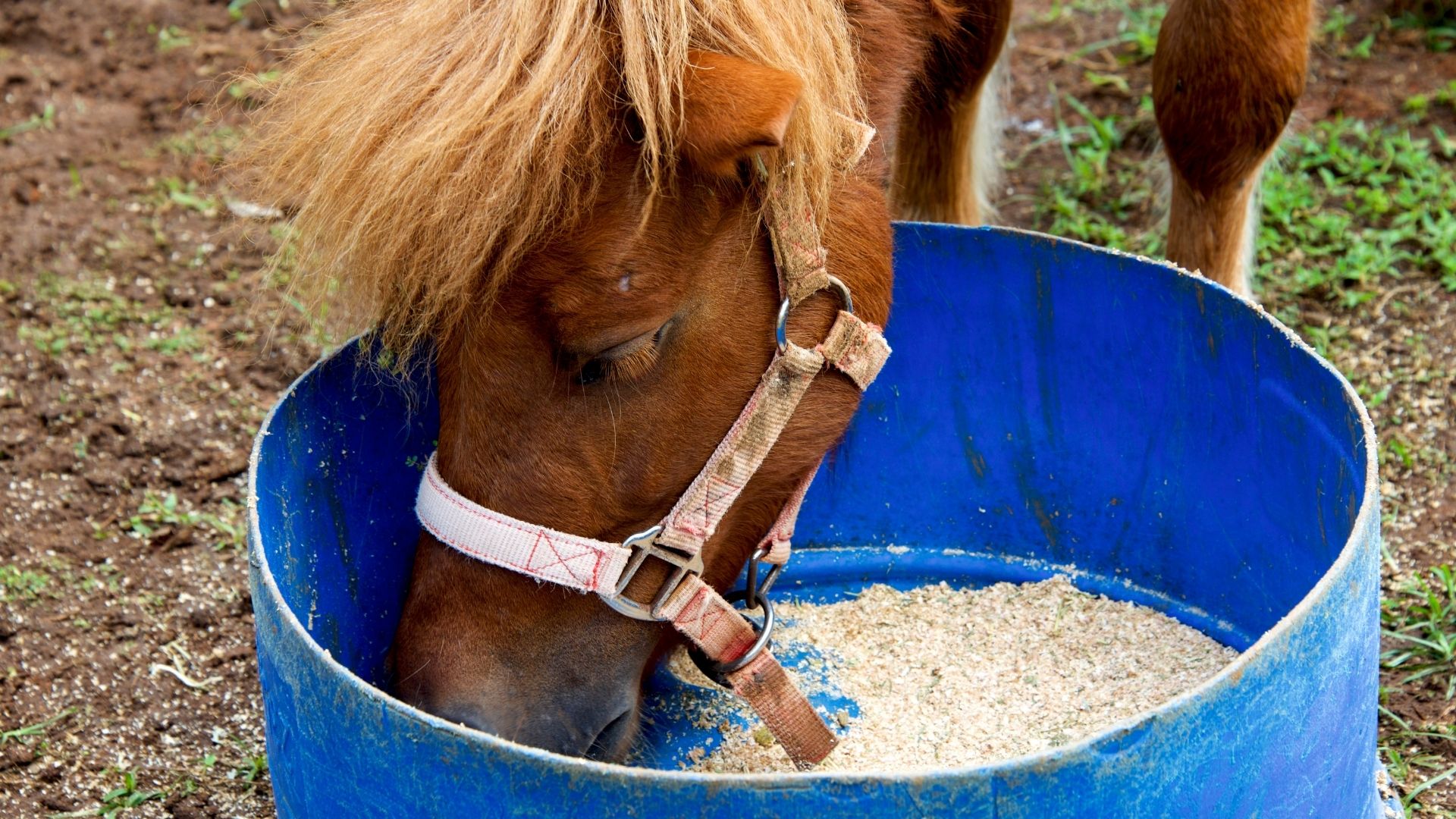
Once the factors influencing a horse’s grain feeding have been considered, it’s time to calculate the appropriate grain intake. This involves determining the horse’s energy requirements and selecting a suitable commercial feed or formulating a custom grain mix to meet those needs.
Energy Requirements
The energy requirements of a horse depend on its activity level, age, and metabolic rate. Horses in intense training or competition may require a higher energy intake to fuel their performance, while those at maintenance level or in light work may need a more moderate energy supply. Understanding the horse’s energy needs is essential for determining the appropriate amount of grain to feed.
Commercial Feeds
For many horse owners, commercial feeds provide a convenient and balanced way to meet their horse’s nutritional requirements. These feeds are formulated with specific energy levels and nutrient profiles, making it easier to calculate the amount of grain needed to meet the horse’s needs. When choosing a commercial feed, it’s important to consider the horse’s age, activity level, and any specific dietary sensitivities or allergies it may have.
Custom Grain Mixes
In some cases, a custom grain mix may be more suitable for meeting a horse’s specific nutritional needs. This approach allows for precise control over the ingredients and nutrient levels in the feed, ensuring that the horse receives a tailored diet that supports its health and performance. Working with an equine nutritionist to formulate a custom grain mix can be beneficial for horses with unique dietary requirements or those that do not thrive on standard commercial feeds.
Monitoring Grain Feeding
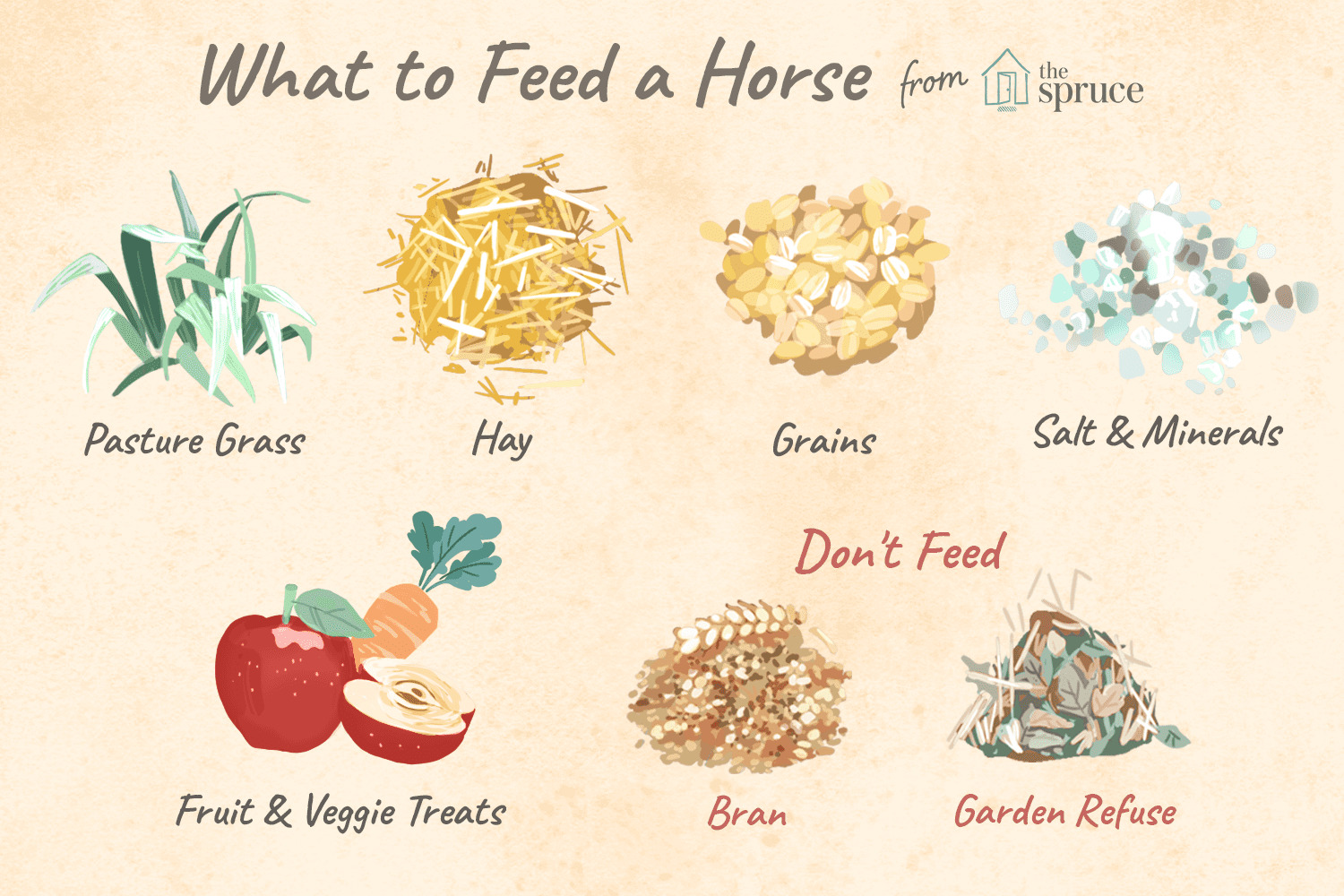
Once the appropriate amount of grain has been determined for a horse, it’s crucial to monitor its feeding regimen to ensure that it remains in optimal condition. Regularly assessing the horse’s body condition, weight, and overall health can help identify any changes that may indicate a need for adjustments to its grain intake.
Adjusting for Seasonal Changes
Seasonal changes can influence a horse’s nutritional needs, particularly in regions with distinct winter and summer conditions. During colder months, horses may require more energy to maintain body temperature and support their activity levels. Conversely, in warmer weather, their energy requirements may decrease. Adjusting the grain intake accordingly can help ensure that the horse receives the appropriate level of nutrition throughout the year.
Monitoring Weight and Body Condition
Regularly monitoring a horse’s weight and body condition score provides valuable insight into the effectiveness of its feeding program. Sudden weight loss or gain, changes in muscle tone, or alterations in coat quality may indicate that the horse’s grain intake needs to be adjusted. By staying vigilant and responsive to these signs, horse caretakers can support their equine companions’ health and well-being.
Risks of Overfeeding and Underfeeding Grain
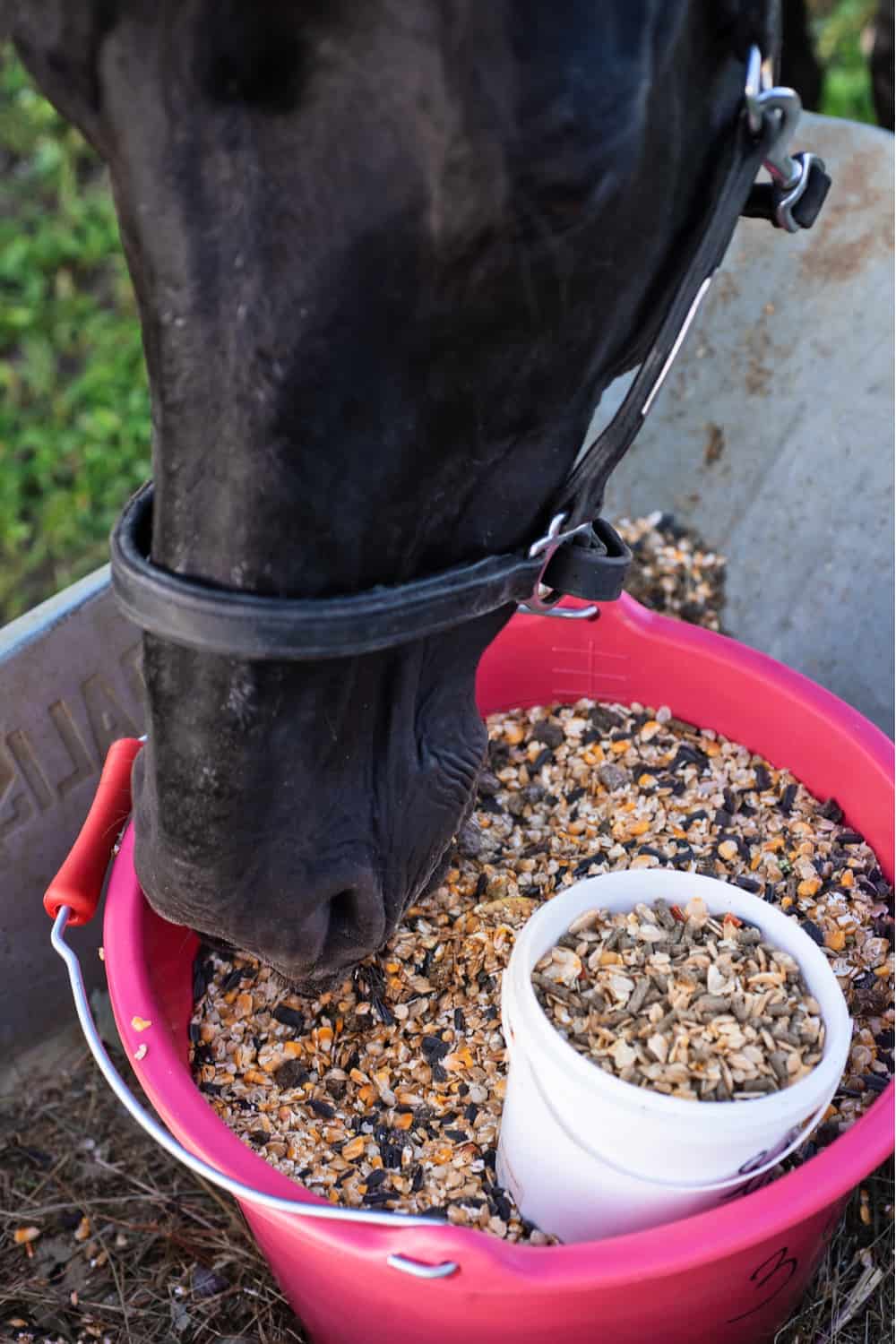
Both overfeeding and underfeeding grain to a horse can have detrimental effects on its health and performance. Understanding the risks associated with improper grain feeding is essential for maintaining the horse’s well-being.
Overfeeding Grain
Overfeeding grain can lead to a range of health issues, including obesity, metabolic disorders, digestive upset, and laminitis. Excessive grain consumption can disrupt the delicate balance of the horse’s digestive system, leading to insulin resistance, colic, and other metabolic complications. Additionally, overfeeding grain can result in behavioral problems and reduced appetite for forage, further impacting the horse’s overall health.
Underfeeding Grain
Conversely, underfeeding grain can result in inadequate nutrient intake, leading to poor body condition, reduced energy levels, and impaired performance. Horses that do not receive sufficient energy from their diet may struggle to maintain muscle mass, support their activity levels, and meet their metabolic needs. Inadequate grain feeding can also compromise the horse’s immune function and overall resilience to stress and disease.
Are you curious about the ideal diet for your horse? Whether you’re wondering about the right amount of oats, hay, or even coconut oil to feed your equine companion, our articles on how much oats to feed a horse, how much hay to feed a horse in winter, and how much coconut oil to give a horse provide valuable insights into maintaining a healthy and balanced diet for your horse.
Conclusion
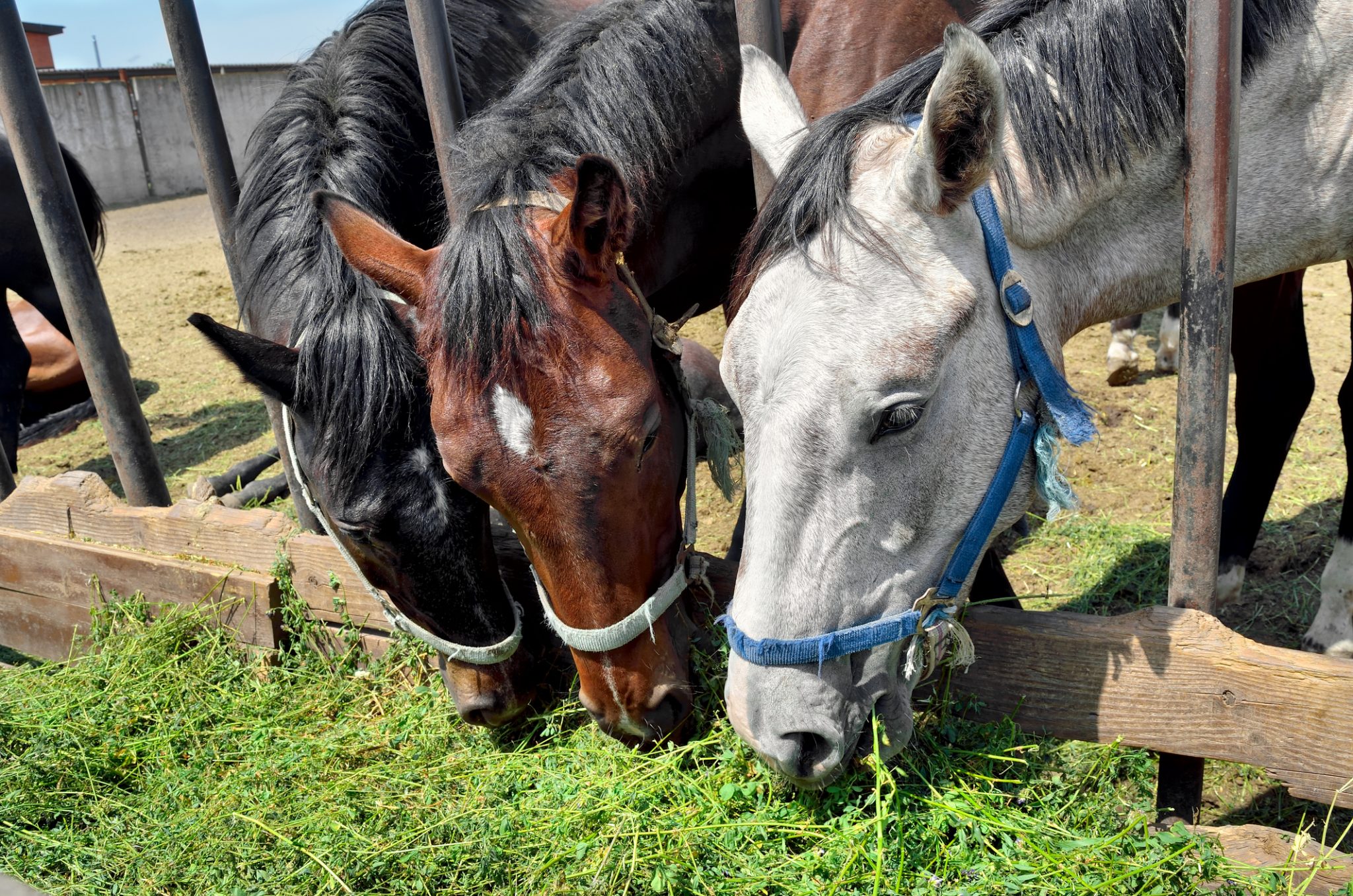
Determining the appropriate amount of grain to feed a horse is a crucial aspect of equine care and nutrition. By considering the horse’s individual needs, energy requirements, and body condition, horse owners and caretakers can develop a feeding program that supports optimal health and performance. Regular monitoring and adjustments to the grain intake, in consultation with nutrition professionals, can help ensure that horses receive the right balance of nutrients to thrive. By prioritizing the horse’s well-being and nutritional needs, we can support these magnificent animals in living healthy, fulfilling lives.



